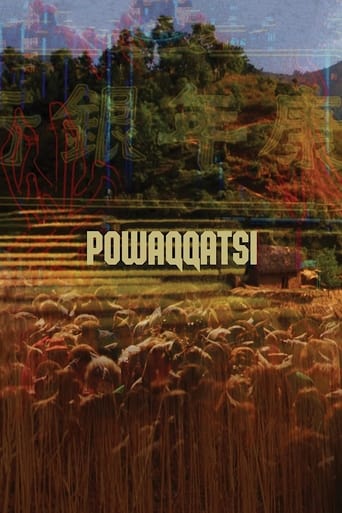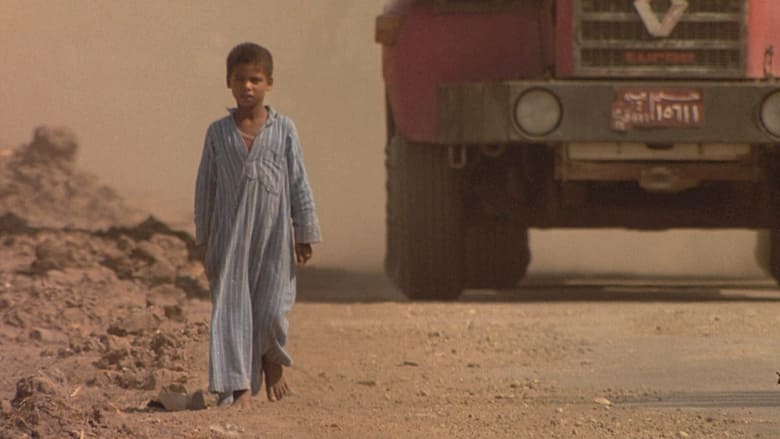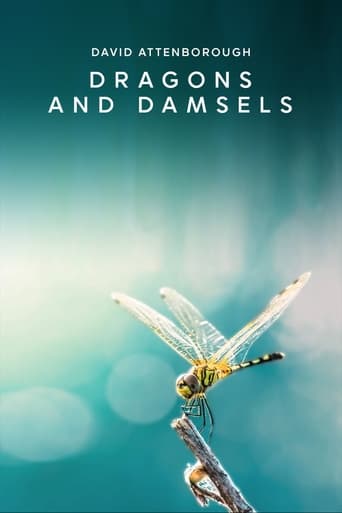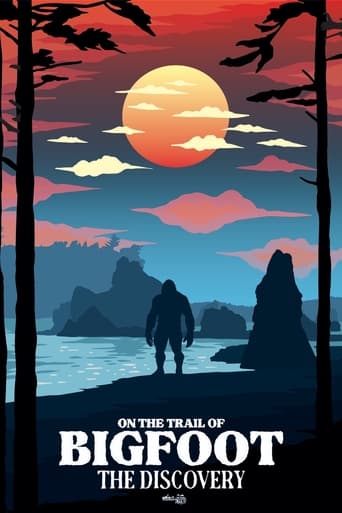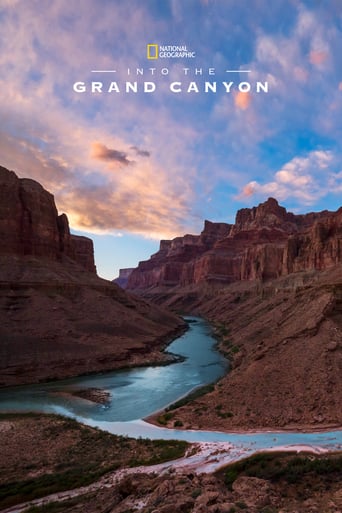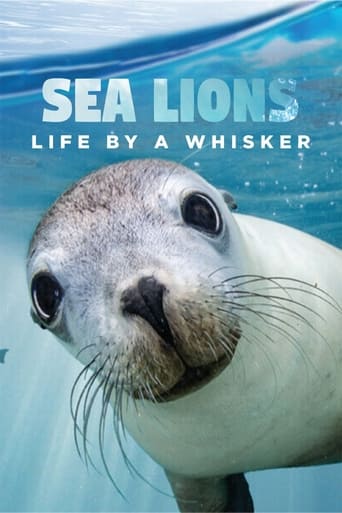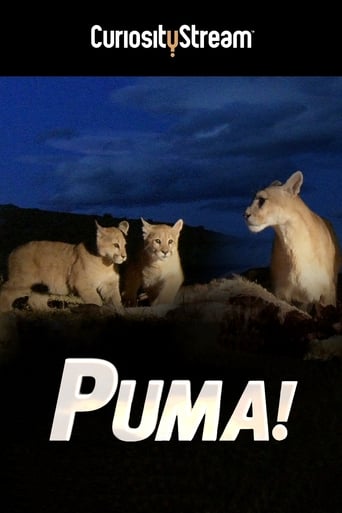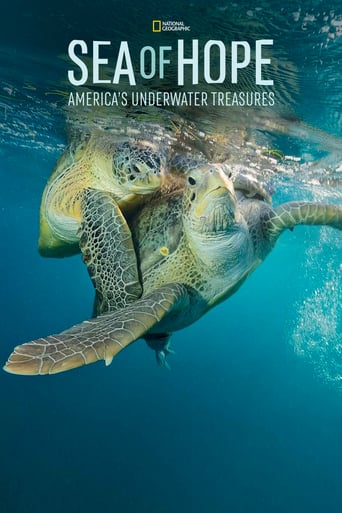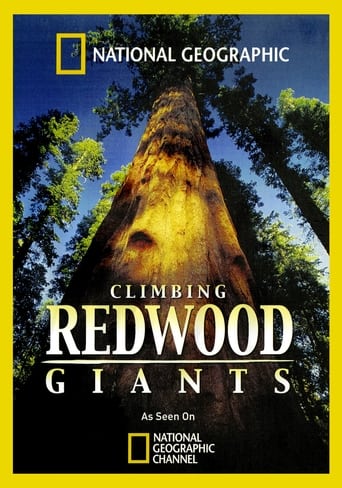Powaqqatsi (1988)
An exploration of technologically developing nations and the effect the transition to Western-style modernization has had on them.
Watch Trailer
Cast
Similar titles
Reviews
Very disappointing...
if their story seems completely bonkers, almost like a feverish work of fiction, you ain't heard nothing yet.
what a terribly boring film. I'm sorry but this is absolutely not deserving of best picture and will be forgotten quickly. Entertaining and engaging cinema? No. Nothing performances with flat faces and mistaking silence for subtlety.
Actress is magnificent and exudes a hypnotic screen presence in this affecting drama.
Koyaanisqatsi is one of my all-time favorite films. I eagerly awaited the release of Powaqqatsi. I ended up somewhat disappointed, though. Philip Glass' musical score is brilliant and powerful. Many of the images in the film (for example, the boy driving his pony cart through a traffic jam) are vivid and memorable. But unlike Reggio's first film, Powaqqatsi doesn't all come together as well. Koyaanisqatsi was structured like a visual thesis, with a premise and a systematic development of the premise to the powerful conclusion (technology is destroying humanity). There's no such story arc in Powaqqatsi. I felt drained at the end, but I also felt confused. I wasn't sure what to think about the visual overload I had just experienced. Perhaps that was Reggio's intent, to leave the audience to fill in the blanks. But I really wanted the scenes to add up to something, as they did in Koyaanisqatsi. Nevertheless, the movie is well worth viewing for its dazzling visuals alone, and its brilliant soundtrack (possibly the best work Glass has ever done).
Don't worry: no spoilers here. I felt the need to rebut several of the negative reviews I have read about this film ( both here and, most notably, from critics Maltin and Ebert). This film follows a totally different concept from "Koyaanisqatsi," which concentrated on largely inanimate structures in the continental U.S. This is a film about people and lifestyles of the developing world, and for that I believe Reggio chose wisely not to utilize many specialty visual techniques (i.e. time-lapse and high-speed photography), and settle for a more low-key approach. Though the film cannot match the visceral gee-whiz impact the original 1983 audience must have felt with all the revolutionary visual stylistics of "Koyaanisqatsi," "Powaqqatsi" has greater thematic depth. Essentially, "Koyaanisqatsi" was best at impressing the audience, and this film is better at making the audience think. To tackle such a wide-ranging subject as globalization is a tricky task, yet I believe this film to be the best cinematic portrayal I have seen of the effects of modernity upon the 75% of the world that still lives much of its life the same way it did hundreds of years ago.All of the shots of people working, carrying baskets on their heads, etc. show the immense effort required in the third world to carry on an industrial revolution one hundred years behind the West, and in a much shorter span of time. Essentially, the societies in the Periphery are being forced to play catch-up. The imagery of the fallen laborer being carried up a hill (the opening shots of the film which are later referenced at the end) represents the immense hard work and sacrifice necessary to build a modern society - an idea lost upon many in the First World, who protest the working conditions of societies on the Periphery, yet do not realize that their own Western industrial revolutions faced the exact same hazards, tribulations, and hardships one hundred years ago - yet did eventually manage to emerge successfully. Like "Koyaanisqatsi," "Powaqqatsi" is a film one can view multiple times and absorb new meanings upon each viewing.The structure of the film is the same as that of "Koyaanisqatsi", which I believe is the most important consistency between this film and the first in Reggio's trilogy. Both films are divided into three distinct sections: primitive/archaic life, early industrial life, and finally full-fledged modern existence (lifestyle, or "-qatsi", being the connecting thread within and between the films). In addition, Philip Glass score is a superb accompaniment to the visual images. Otherwise, the films are not at all alike, and should not be unduly compared to one another. Both films show their American audience something they have not seen before: in "Koyaanisqatsi" it is simply themselves from a very different angle, and in "Powaqqatsi" it is the rest of the world.
As mentioned earlier by others, this film is basically a weakerversion of Baraka (by Koyaanisqatsi cinematographer Ron Fricke),a film very much like Powaqqatsi, focussing some more on thereligious rituals of southern hemisphere cultures.Powaqqatsi definitely is a disappointment as a follow up ofKoyaanisqatsi. There is no consistence of any kind. Some scenesare going on for way too long (the gold mine sequence in the SerraPelada, Brazil is nice but becomes tiresome already before themain title). Other sequences are uneven and cluttered and wedon't know where we are. The movie is almost entirely overcranked (in slow motion), asopposed to the perfect combination of time lapse (much of it withmotion blur to make it smoother plus smooth camera panning),slow motion and the use of stock footage in Koyaanisqatsi whichhad a wonderful atmosphere to it and works on many levels. Powaqqatsi is supposed to make no statement about how thingsshould be - according to director Godfrey Reggio. Why then thesequence editing US American tv commercials and militaryimages (is this evidence of how Reggio felt about Powaq. notcoming close to Koyaanis. in meaning)? Powaq.'s photography is of great quality, yet many motifs aresimply not interesting enough to be on screen for that long. I havethe feeling that the team simply didn't come home with enoughinteresting footage in the can and had to make something out ofwhat they had in the editing room. The few great shots which letsus emerge in unfamiliar worlds don't make up for the higherpercentage of footage of no interest whatsoever.Check Ron Fricke's "Baraka" to see what Powaqqatsi could havebeen and should have been. I also agree about some comments regarding Philip Glass' score.It is sometimes is flat out corny and sounds very much like whatone might expect in a late 1980s "we are all one world" beer orcookie commercial. Philip Glass is a great and original composer for symphonicminimalism, but as a composer of world music he hasn't got thevein. The Powaq. score is several notches below the magic ofwhat he did for Koyaanis. Again: Baraka has a better score as well.Watch Powaqqatsi to ifill yourself in on the second installment ofthe ..qatsi trilogy. It's not a bad film, but IMHO Godfrey Reggio wasunable to deliver the footage for this concept. Ron Fricke did it in"Baraka".
This movie is a wonderful follow-up to Koyaanisqatsi.Once again, Godfrey Reggio brings the beauty of life on screen. This movie is about humans, how they live, how to work, how they are. It is a mirror of our current position and where we are heading.With the visual mood set perfectly, the powerful soundtrack of Philip Glass takes you away and makes you live a journey across Earth.This film will help you disconnect of your worries and help you concentrate on your life. It will help you see how other humans are living on this planet and how we should not take what we have for granted.Startup this movie and let your brain lead you on a fantastic trip.
